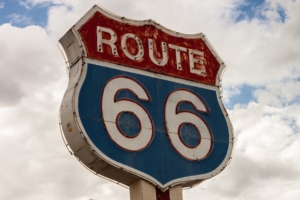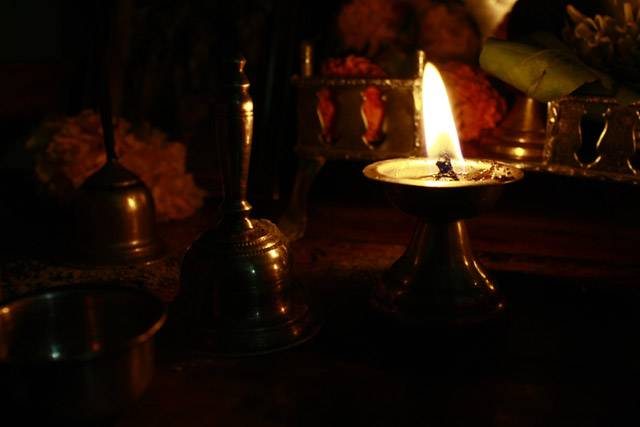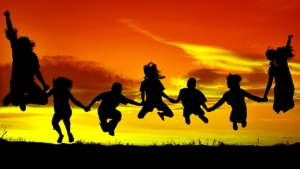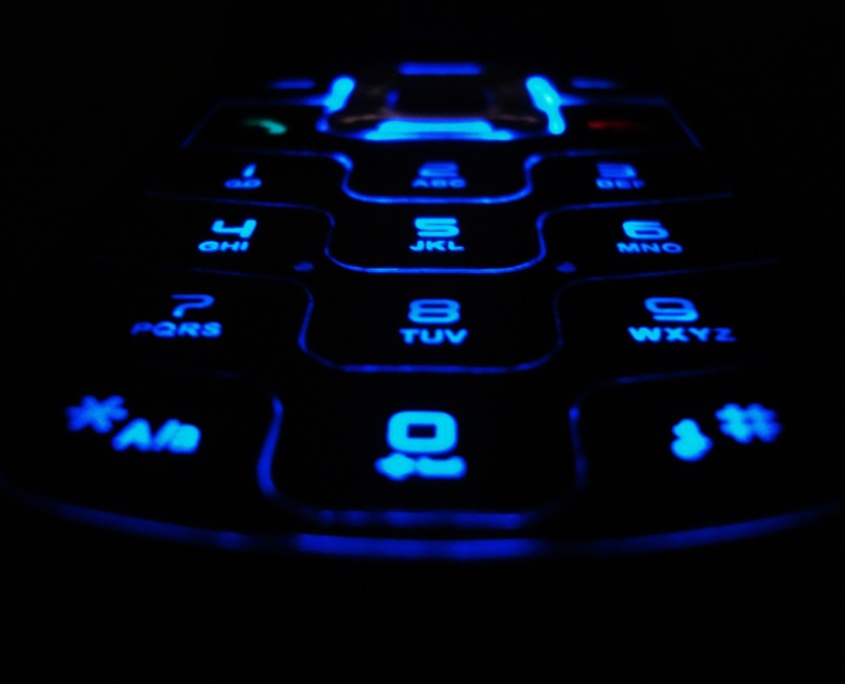I’ve joined a writer’s circle that meets on Monday nights in Santa Monica, California. At the end of the evening, we break into small groups.  Last week, we were given the following question to answer and to share. We went around the table, and each of us spoke. The question posed was this: Would you rather drive or fly to Las Vegas? Santa Monica is approximately 280 miles from Las Vegas. It typically takes several hours by car and about 45 minutes in the air by commercial airline.
Last week, we were given the following question to answer and to share. We went around the table, and each of us spoke. The question posed was this: Would you rather drive or fly to Las Vegas? Santa Monica is approximately 280 miles from Las Vegas. It typically takes several hours by car and about 45 minutes in the air by commercial airline.
Among the eight of us seated around the table in our small group, there really wasn’t a consensus. A few were able to say, “it depends” (on whom I am traveling with, mostly!) Even among the definitely drive or definitely fly “camps,” there were nonetheless differences of opinion as to why one mode surpasses another.
As with most topics on the blog, with this edition of Soul Notes, let’s explore the literal as well as the figurative–this time, with regard to journeys and destinations.
Often times, we hear this adage, or some derivation thereof: “It’s not the destination; it’s the journey.” In other words, it’s the path taken, and not the end state, that holds the real value or “merit.” If that were always true, however, then why select any particular destination?
What may be equally as beneficial is this: getting yourself as efficiently as possible to a particular destination, precisely because it IS the destination that provides what you’re most desiring. In the example above, the person may wish to fly directly to Las Vegas to get right to the business at hand – that is, soaking up the full Vegas experience. “Viva Las Vegas,” as Elvis would say! Sometimes, you simply want to get there.
Do you enjoy car rides? How about air travel? Either way, for children, for example, it’s often what seems like a never-ending journey from one location to another. Incessant pleas include: “How much farther?” and “How much longer?” Or, simply, again it’s all about this: “When are we going to get there?” Once you get there, that’s when you can enjoy all that the location has to offer. (I realize that, as an intended destination, Las Vegas may not even be on your wish list. If so, of course, feel free to insert your own destination of choice!) For you, it may be any number of places. And, for children, it may include Disneyland or Magic Mountain, or some other world of wonderment.
So, what’s the common thread here? The EXPERIENCE.
Sometimes it’s the destination itself that holds the key to your best experience. What you’re seeking is “housed” in the location, to be enjoyed once you arrive. Other times, it’s the “getting there” — the journey itself – that provides all the good juice.
Road trip! Getting our kicks on Route 66
Several years back, a friend of mine and I headed out from the Santa Monica pier, and along Route 66 (or what’s left of it), driving my  convertible, often with the top down on the car. For us, it was definitely the journey rather than the destination which mattered most. We agreed that we would cover about 850 miles of the Route’s 2300 miles (the full length of Route 66 runs between Los Angeles and Chicago) – and traveled out to Santa Fe, New Mexico and back.
convertible, often with the top down on the car. For us, it was definitely the journey rather than the destination which mattered most. We agreed that we would cover about 850 miles of the Route’s 2300 miles (the full length of Route 66 runs between Los Angeles and Chicago) – and traveled out to Santa Fe, New Mexico and back.
We selected a destination based on the number of days we desired to set aside for the trip, and to have a place to aim the car. For this trip, though, for us, the genesis and primary focus and intention was to experience Route 66 itself – the “Mother Road” – “America’s Highway.”
We took our time and made many stops along the way. Part of the adventure was seeing which sections of Route 66 remained. There really isn’t any clear “route” per se anymore. There are road signs in various places, indicating that you’re on Route 66; but, the route starts and stops, and veers off and back again in no particular pattern or with any discernible logic.
“Life is either a daring adventure, or nothing.” –Helen Keller
As a kid, on my bedroom wall I had a poster with this saying on it. It served as a wonderful visual reminder and provided me many an inspiration!
As with many road trips, it was the dappling of tiny towns, and roadside attractions, and people we met along the route that provided the real essence of the journey. We stopped for coffee at the Bagdad Café (where they filmed the movie of the same name), chatting at length with the waitress there. And we toured the location where a giant meteor created a huge hole in the desert. There are many other experiences from that trip, too, of course, perhaps to be shared at another time. Here’s one more:
In Oatman, Arizona, we slowed the car down to a crawl. As we pulled up to this two-block town, we were greeted by a band of burros. History has it that these animals are part of a long lineage of pack mules dating back to the town’s gold mining days. And, yes, giant tumble weeds did come tumbling through as our car kicked up puffs of desert dust. I couldn’t get the theme song from that Clint Eastwood movie, “The Good, the Bad and the Ugly” out of my head. A man in a leather vest and cowboy hat tossed open the swinging wooden doors from the local saloon on our right as we drove past. He stopped short of the street, looked out at us, and maintained his gaze from left to right, as we continued driving on through the town and off on the next leg of our journey.
As with our own spiritual journeys as well, it helps to slow down. The experiences and the lessons come from the journey. Indeed. Take time to savor the moments, partake in the experiences, and cherish the making of memories. It’s the “roadside attractions” that provide some of life’s richest moments. Let’s not miss them by flying through!
With that, I’ll close with these words from a great master:
|
Okay, your turn:
What matters most to you, the destination or the journey? Upon what factors do your choices depend?
I invite you to share your thoughts, feelings, and experiences in the Comments section, below. Soul-to-soul!

 For many of us, this weekend is one where we are winding down from our Christmas celebrations and festivities. And for some, December has been a time spent focusing attention on Jesus Christ as the “Prince of Peace.” No matter your affiliation or spiritual tradition, however, I welcome you to explore with me here on the blog, this concept of peace, and of peace stewardship. It’s not of course, limited to a particular religion, or any religion, for that matter.
For many of us, this weekend is one where we are winding down from our Christmas celebrations and festivities. And for some, December has been a time spent focusing attention on Jesus Christ as the “Prince of Peace.” No matter your affiliation or spiritual tradition, however, I welcome you to explore with me here on the blog, this concept of peace, and of peace stewardship. It’s not of course, limited to a particular religion, or any religion, for that matter.

 Let’s take, for example, an automobile traveling down the road. When in alignment, barring any intervening forces, it moves forward (or backward!) in a perfectly straight line. The vehicle moves efficiently, with minimized wear and tear on the car’s suspension, brakes and tires. Alignment makes for an even distribution of force. A driver may compensate for poor alignment through (over-)steering the car, but that exerts more wear and tear on the driver and the vehicle. (I know, I know, we’re talking physics here on the blog! It’s okay to include science in the discussion, once in a while, right?)
Let’s take, for example, an automobile traveling down the road. When in alignment, barring any intervening forces, it moves forward (or backward!) in a perfectly straight line. The vehicle moves efficiently, with minimized wear and tear on the car’s suspension, brakes and tires. Alignment makes for an even distribution of force. A driver may compensate for poor alignment through (over-)steering the car, but that exerts more wear and tear on the driver and the vehicle. (I know, I know, we’re talking physics here on the blog! It’s okay to include science in the discussion, once in a while, right?) Since JT (Justin Timberlake) has already brought sexy back, I’m bringing “sistren” back! According to the Oxford dictionary, both brethren and sistren shared common parlance until the 1600s, when the word brethren started to take over. I say there’s plenty of room for both!
Since JT (Justin Timberlake) has already brought sexy back, I’m bringing “sistren” back! According to the Oxford dictionary, both brethren and sistren shared common parlance until the 1600s, when the word brethren started to take over. I say there’s plenty of room for both!




